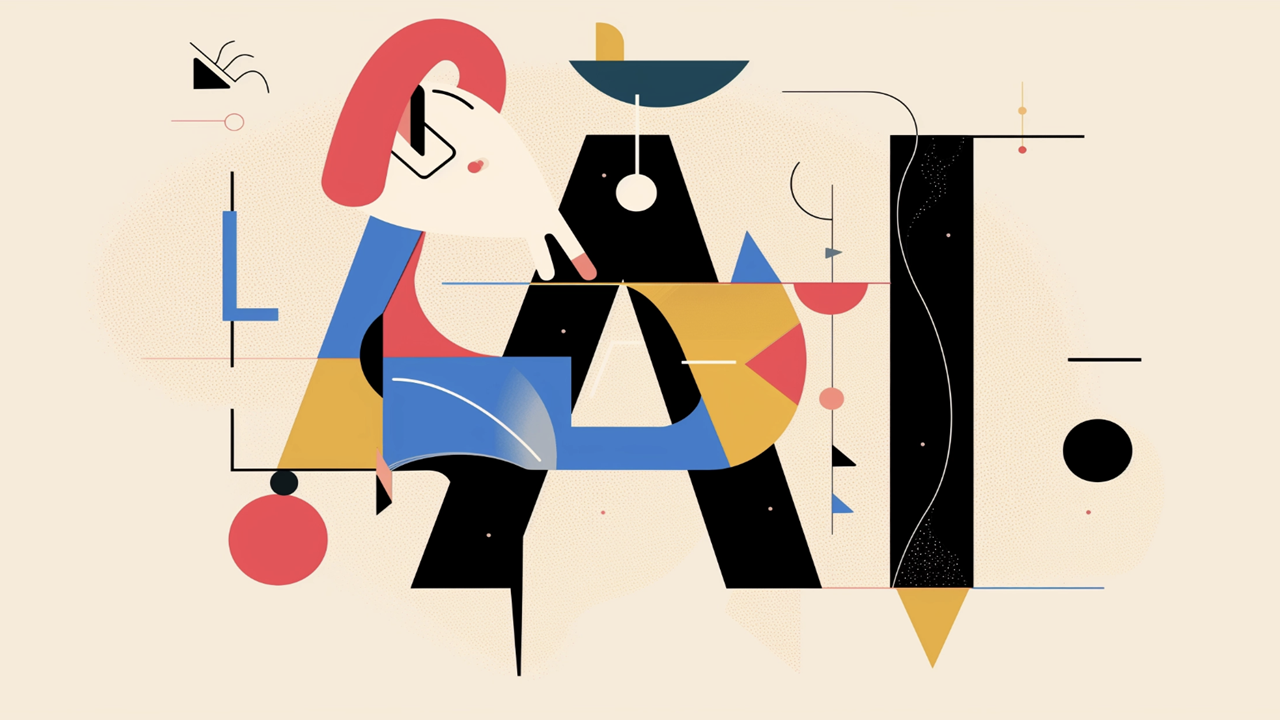Art of Algorithms: AI as a Collaborator in Creative Endeavors
This article explores the dynamic role of AI in the creative sectors of art, music, and writing, highlighting its potential to act as both a tool and collaborator. It discusses the implications of AI-driven creativity, ethical considerations, and the future of AI in enhancing and expanding human creative expression.

In the confluence of artificial intelligence (AI) and creative industries, a transformative narrative is unfolding. "The Art of Algorithms: AI as a Collaborator in Creative Endeavors" delves into how AI technologies are influencing and becoming integral to creative processes in art, music, and beyond. This exploration seeks to understand the depth of AI's role as a partner in creativity, challenging traditional notions of artistry and authorship.
AI in the World of Art
In the art world, AI's impact is both nuanced and profound. Tools like DALL-E and Artbreeder allow artists and even novices to generate visual art that spans surreal landscapes and hyper-realistic portraits. These tools function by learning from vast datasets of existing artworks to create new images that reflect specified styles, themes, or even amalgamations of multiple artists' techniques. This capability challenges our understanding of creation and originality, posing questions about the role of the 'artist' in an AI-driven process.
Musical Composition and AI
Similarly, in music, AI programs such as Google's Magenta and IBM's Watson Beat are redefining composition and performance. These systems use algorithms to generate music by learning from a wide range of styles and historical data. For musicians, this means exploring new forms of expression and potentially collaborating with AI to produce compositions that might not be feasible humanly. Such technologies not only expand the creative palette but also democratize music production, allowing anyone with an idea to translate it into sound, regardless of their musical training.
Creative Writing and AI
In literary arts, AI is making strides as well. From simple predictive text generators to more sophisticated systems capable of writing poems, stories, and even scripts, AI is becoming an increasingly valuable tool for writers. These AIs can mimic styles, generate narrative ideas, and even help overcome writer's block by suggesting plot developments or poetic lines, thereby becoming co-authors in the creative process.
AI as a Collaborative Partner
One of the most revolutionary aspects of AI in creative domains is its potential to act as a collaborative partner. Whether it's through offering new ways to approach a canvas or providing a set of musical variations to inspire a composer, AI can be seen as a non-judgmental, infinitely patient collaborator whose capabilities complement human creativity. For many artists, this partnership allows them to push boundaries and explore new creative territories.
Ethical Considerations and Authenticity
As AI becomes more embedded in creative processes, ethical considerations and debates about authenticity and ownership arise. Questions about the originality of AI-generated content and the transparency of AI contributions in collaborative works are increasingly pertinent. Moreover, the use of AI in art raises concerns about the displacement of human artists and the potential homogenization of creative expressions influenced by bias in training data.
The Future of AI and Creativity
Looking forward, the intersection of AI and creativity is poised for further exploration and inevitable evolution. As AI technologies become more advanced and accessible, their integration into creative practices is expected to deepen, making it crucial for artists, musicians, and writers to engage with these tools critically and creatively. The future may see AI not just as a tool or collaborator but as an initiator of new forms of art that challenge our very perceptions of human and machine-made creations.
Conclusion
AI's foray into the creative realm is redefining traditional disciplines and blurring the lines between technology and art. As this partnership between humans and machines continues to evolve, it promises to unlock new creative potentials and redefine the creative process. The journey of AI in the arts is not just about the end product but about the new pathways it opens for human expression and the ongoing dialogue between man and machine in the quest for beauty and meaning.










